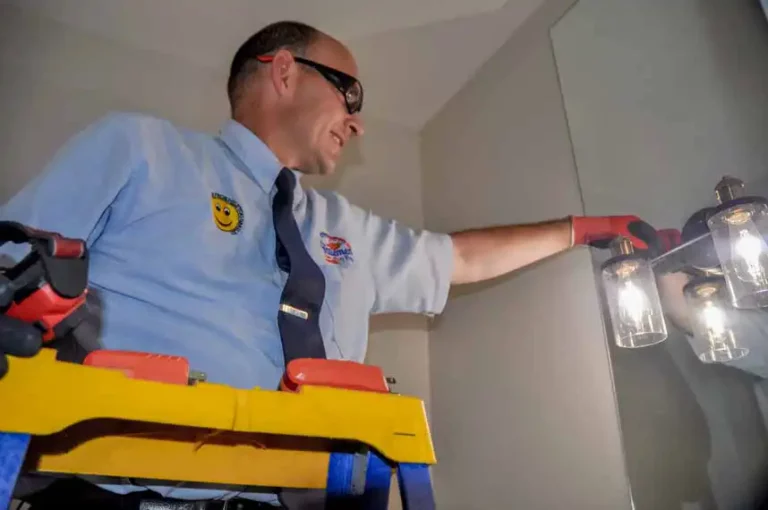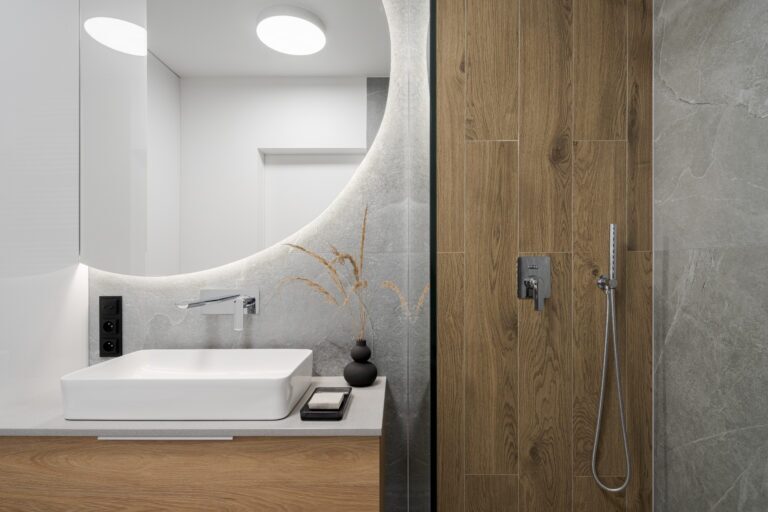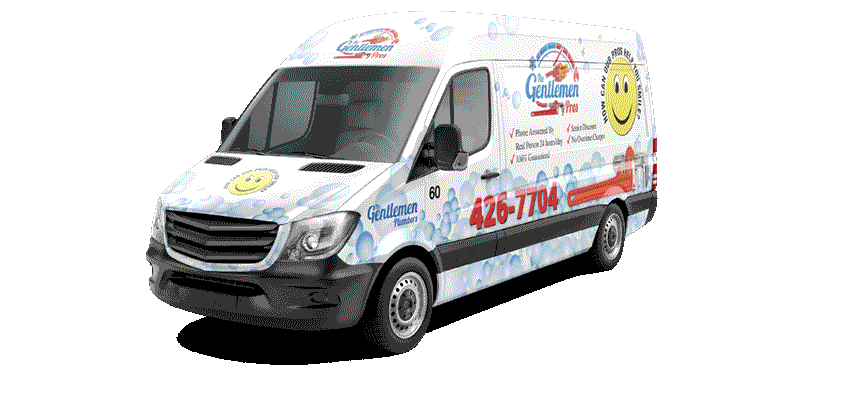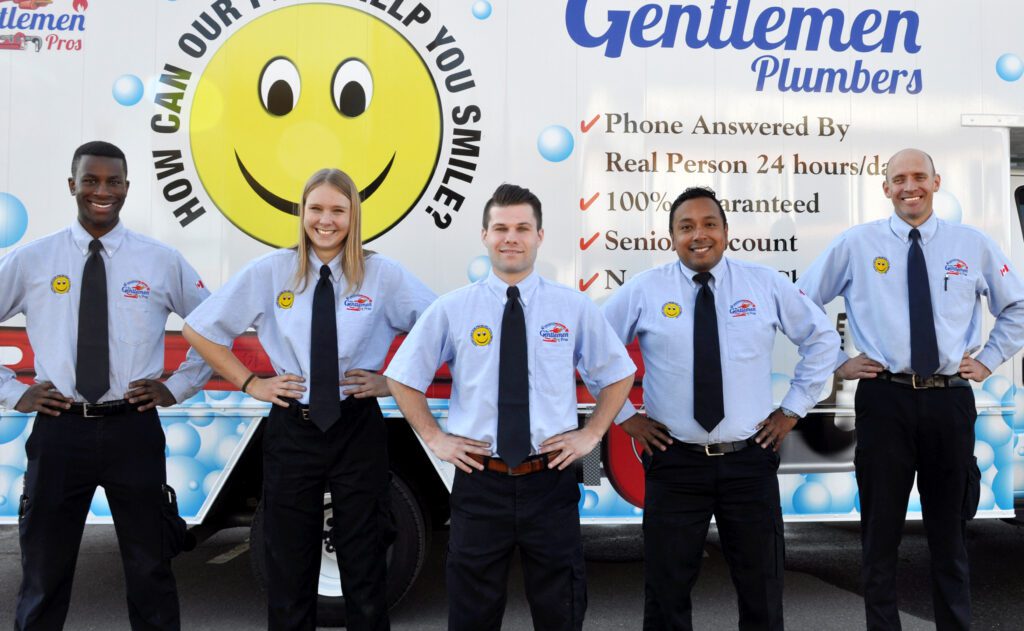We're In Your Neighborhood!

Same Day Service
Since 2001
Call The Gentleman Pros Now!
(780) 628-1734
We're In Your Neighborhood!


Same Day Service
Since 2001
Call The Gentleman Pros Now!
(780) 628-1734

Bathrooms are a busy place. Especially in the morning when you’re trying to make yourself presentable for the coming day. Let’s talk about bathroom lighting.
When primping for the day ahead, the last thing you want are weird shadows across your face when you’re looking in the mirror. This my friend is why you want good bathroom lighting.


There are a lot of options in the bathroom lighting world. A good place to start is with what you want your lighting to do. You’ll need a mixture of good ambient lighting (overhead lighting designed to light the entire room), task lighting (designed to illuminate your workstation, e.g. your vanity), and accent lighting (designed to highlight architectural features and decor). By strategically layering the three types of lighting, you will get the best lit bathroom.
You can install bathroom lighting so they provide good overhead lighting (ambient), illuminate your bathroom vanity (task), or highlight your favorite piece of decor (accent). The things to consider when hanging pendant lights are the same things you consider when installing sconces. These are outlined below.
Sconces are a good option for task bathroom lighting. Unlike sconces in a hallway which only need to brighten the area, sconces in the bathroom need to light your face. You want the sconces to primarily light you, not the wall. The last thing you want while getting ready on a gloomy Edmonton morning are your lights casting weird shadows on your face. Installing your sconces on either side of the mirror is your best bet for eliminating those harsh shadows. If there isn’t enough space, try hanging one sconce above and centered over the mirror to give you symmetrical bathroom lighting which will limit but not eliminate those shadows.
On the other hand, in smaller bathrooms, your ambient lighting should be sufficient to light these areas.
Your powder room is a great opportunity to get adventurous with your light fixtures. You don’t usually need to worry about shadows on your face meaning you don’t need to be as strategic with your lighting fixtures and their placement. So here’s your chance to go with that beautiful statement light fixture that wouldn’t be practical in your main bathroom. You can also use unique fixtures and placements you wouldn’t do in other areas of your home.
In addition to the fixtures, you need to think about the color of the light bulbs. Look for light bulbs that most closely resemble natural daylight and have a high Color Rendering Index (CRI). These bulbs will give you the most natural skin tone and this is important when you are applying makeup.
Safety
Electricity and water are a lethal combination, so it is important to use ground fault circuit interrupters (GFCI) outlets and consult a licensed electrician to install your bathroom fixtures.
Lights installed within a certain distance of the tub and shower must be “wet” or “shower-location” rated. These light fixtures are designed and constructed to prevent water reaching live electricity or conductors. Do not use the less rigorous “damp” rated fixtures.
There are four safety zones in a bathroom. Safety zone “0” is the area most exposed to water and safety zone “3”, the least. You will need to get the appropriate fixture for the zone. This is determined by the fixture’s Ingress Protection (IP) rating.
The IP rating is an universal code established by the International Electrotechnical Commission (IEC). It classifies the degree of protection provided against the intrusion of solids — indicated by the first number (0 to 6) — and water — indicated by the second number (0 to 8). If the second number is 0, the fixture has no protection from water and at the highest rating of 8, the equipment is good for immersion in water beyond one meter. Which is probably more than you need for your bathroom fixture.
The higher the second number in the IP rating the more water resistant the fixture.
The area in the bathtub or shower. Any fixture in this area must be low voltage and have an IP rating of at least IP67 which is immersion proof.
The area above the bath or shower up to 2.25 m from the floor. Use a fixture with a minimum IP rating of IP45.
The area up to 0.6 m outside the perimeter of the bath and up to 2.25 m from the floor. Use fixtures with an IP rating of at least IP44. You should use this rating for fixtures around the sink as well.
Other zones – if no water jets are used, use fixtures with a rating of at least IP20. Though if there is a chance you will use water jets for cleaning in these zones, use fixtures with a rating of at least IP65.
Even with a GFCI outlet, never use a freestanding lamp near the tub. And please follow the Canadian Electrical Code and local building codes when installing bathroom lights.
Good and safe bathroom lighting is more than picking the prettiest or cheapest fixture. Though by using the guidelines above and a little further research it is possible to get a good balance between form and function — pretty lighting and functional safe lighting.
Contact us today to schedule an appointment for all bathroom lighting installation and repair. Click here to learn more about our Edmonton bathroom fans and humidity sensors service.



